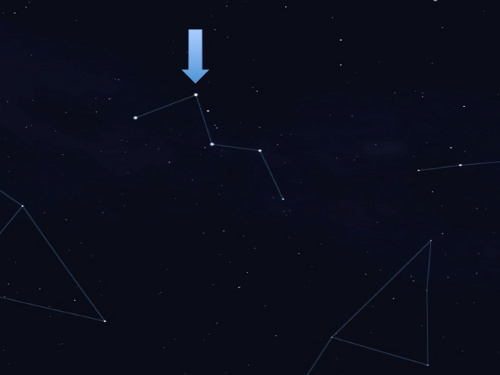|
december 16, 2011, we celebrate Jane Austen’s 236th birthday. There are three bright stars in the December sky that bracket the required 236 light years away from Earth. As we view those stars this year, know that the light we now see left those stars approximately on Jane Austen’s birth year. If beings are alive on planets around those stars today and have access to a sort of galactic Google service, they could be observing Jane’s world on her birthday, seeing her little corner of England as it rotates into view in our sun’s light.
The stars are Shedar (Alpha in Cassiopeia), seen in the northern constellation Cassiopeia (which appears as a flat W or M, depending on your personal view); Bellatrix (Gamma in Orion, and yes, the name given to the witch in the Harry Potter stories played in the movies by Helen Bonham-Carter) in the familiar equatorial constellation of Orion; and the somewhat fainter Epsilon in Lepus, a small constellation south of Orion.
Take advantage of both the very non-wintry weather we are currently having in many parts of the northern hemisphere and the fact that the moon will not interfere on the December 16: view these stars, and think of Jane. It is as close as we can get to the actual time she was born by viewing sets of bright, naked-eye stars. Remember that star viewing of this kind was one of the pleasures available at Mansfield Park.
Notes
The star charts were constructed using the free, open-source program “Stellarium 0.11.1” (http://www.stellarium.org/). The third chart can be used between the geographic equator and 70 degrees south latitude with 35 south being the design latitude. The orientations given are for early evening local time, but the stars will be visible virtually all night during January and February. Chart 1 should be rotated counterclockwise for later in the evening or later in the season. Chart 2 should be rotated in a clockwise direction for later times. Chart 3 should be rotated counterclockwise as time progresses.
|




